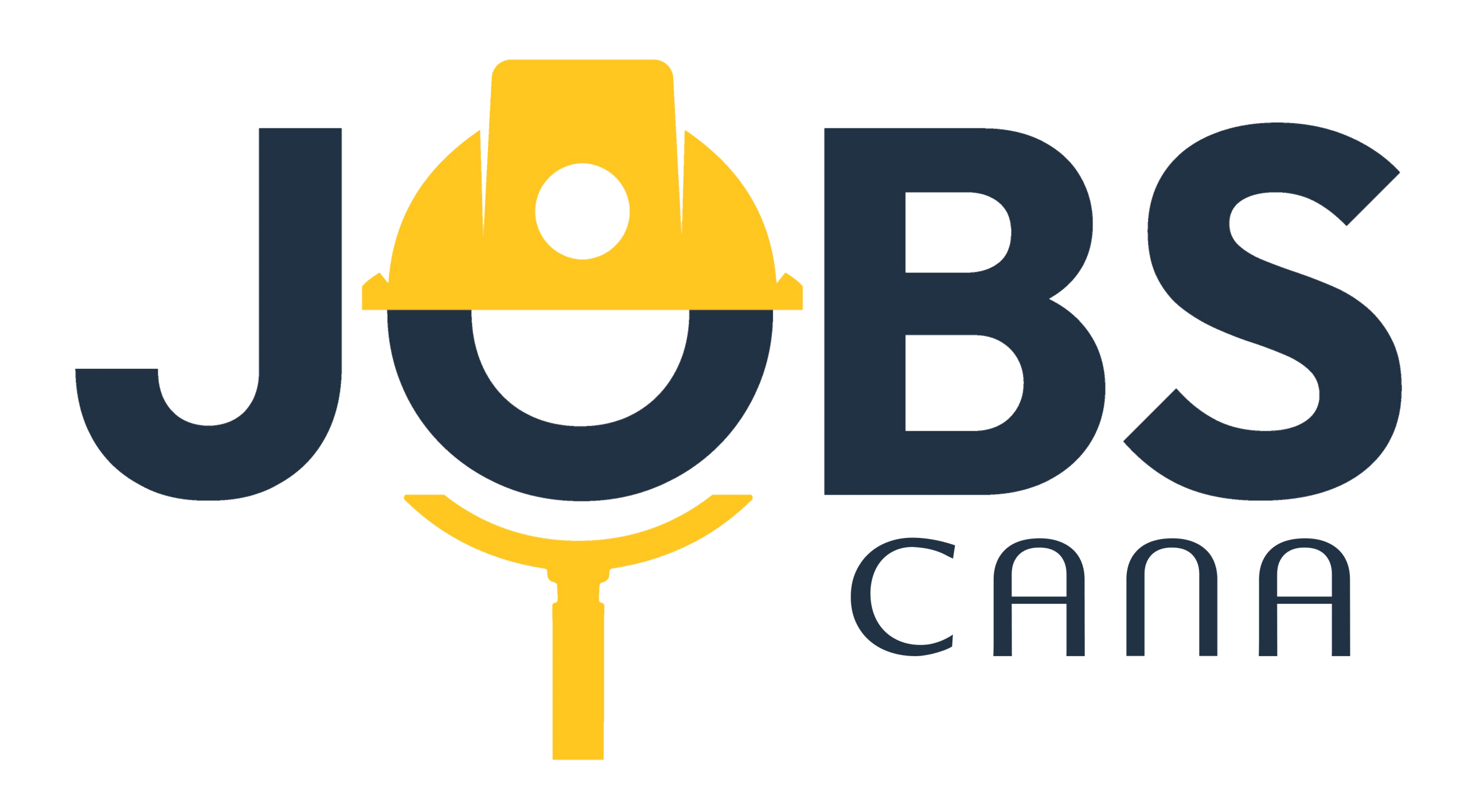Peer-to-peer lending is a financing method that’s gaining popularity among investors and borrowers. By connecting borrowers directly with investors, this form of lending offers several advantages but also carries inherent risks. Understanding both the benefits and potential drawbacks is crucial for anyone considering this alternative financing option. In the following sections, we will dive deep into what peer-to-peer lending entails, its advantages, and how you can minimize risks while investing.
Understanding Peer-to-Peer Lending
Peer-to-peer lending (P2P lending) is a method where individuals can lend and borrow money directly from each other without using traditional financial institutions. This innovative approach is facilitated by online platforms that connect borrowers with lenders.
Lenders have the potential to earn higher returns compared to traditional savings accounts or investments. They can browse borrower profiles and choose where to allocate their funds. On the other hand, borrowers might benefit from lower interest rates and more flexible terms.
The process begins with borrowers creating a profile on a P2P platform, detailing the amount they need and the purpose of the loan. Lenders, who are often individuals looking for investment opportunities, review these profiles and decide which loans to fund. The platform typically performs credit checks and assigns a risk rating to each borrower to help lenders make informed decisions.
Once an agreement is reached, the platform takes care of the transaction by transferring the funds from the lender to the borrower and managing the repayment process. Platforms usually charge a fee for their services, which is a percentage of the loan amount.
It’s important to understand that while P2P lending offers attractive opportunities, it also comes with risks, including the possibility of borrowers defaulting on their loans. Investors should carefully assess the risk ratings provided by the platforms and diversify their investments to mitigate potential losses.
Advantages of Peer-to-Peer Lending

Peer-to-peer lending offers a plethora of advantages for both borrowers and lenders. For borrowers, one of the main benefits is often lower interest rates compared to traditional financial institutions. This can be particularly attractive for those with good credit scores who can secure more favorable terms.
For lenders, the main draw is the potential for higher returns on their investments. By cutting out the middleman, lenders can earn more than they would through conventional savings accounts or bonds. This becomes even more compelling when considering the power of diversification; spreading investments across multiple loans to mitigate risks.
Additionally, peer-to-peer platforms often offer greater transparency in the lending process. Borrowers and lenders can directly observe where the money is going and the terms involved. This fosters a sense of trust and engagement that is less prevalent in traditional banking.
Another significant advantage is the speed and convenience of obtaining loans. The application process is typically streamlined and completed online, resulting in quicker approvals and fast disbursement of funds. This efficiency is beneficial for borrowers needing quick access to capital.
Lastly, peer-to-peer lending can also be more inclusive, providing opportunities for individuals who might be underserved by traditional banks. This democratization of access can help to bridge gaps in financial inclusion, offering a viable alternative to high-cost payday loans or other suboptimal financing options.
Potential Drawbacks of Peer-to-Peer Lending
Potential for Default: One of the primary risks associated with peer-to-peer lending is the possibility of borrowers defaulting on their loans. Unlike traditional banks, P2P platforms often do not have extensive resources to recover debts.
Lack of Regulation: Peer-to-peer lending operates in a relatively unregulated environment compared to traditional financial institutions. This lack of oversight can lead to potential abuses and increased risks for lenders.
Liquidity Risk: P2P loans are often illiquid, meaning that lenders may not be able to quickly convert their investments back into cash. This can be problematic if the lender needs immediate access to funds.
Platform Risk: The P2P lending platform itself can pose a risk if it fails or goes out of business. In such cases, the lender might face difficulties in collecting payments from the borrowers.
Economic Downturns: During economic downturns, default rates may increase, affecting the returns on investments. Lenders need to be prepared for fluctuations in the economic cycle.
Lack of Diversification: Since P2P lending allows you to choose individual loans to invest in, there’s a risk of insufficient diversification. A poorly diversified portfolio can lead to higher risks if borrowers default.
Data Security: As an online platform, P2P lending involves sharing sensitive personal and financial information, which can be targeted by cybercriminals. Ensuring the security of your data is crucial.
How to Minimize Risks in Peer-to-Peer Lending

To minimize risks in peer-to-peer lending, the first step is to conduct thorough research on the platform you intend to use. It’s essential to choose a reputable and well-reviewed platform. Look for platforms with a track record of transparency and reliability.
Diversification is another key strategy. Instead of lending a large amount to a single borrower, spread your investments across multiple borrowers. This approach reduces the impact of any single default on your overall portfolio.
It’s also important to evaluate the creditworthiness of borrowers. Many platforms provide credit scores and detailed profiles. Pay close attention to these details and prefer lending to those with higher credit scores and strong financial histories.
Consider starting with a small investment to understand how the platform operates and to become familiar with the risks and returns. As you gain more experience and confidence, you can gradually increase your investment.
Additionally, stay informed about the market trends and economic conditions that might affect borrowers’ ability to repay loans. Economic downturns can increase default rates, so adjusting your strategy accordingly can help mitigate risks.
Finally, constantly review and adjust your lending strategy based on performance data and changing market conditions. Regular assessment ensures that you adapt to new risks and opportunities effectively.
Is Peer-to-Peer Lending Right for You?
Is Peer-to-Peer Lending Right for You? This question requires a thorough evaluation of personal financial goals and risk tolerance. Peer-to-Peer (P2P) lending can be a great alternative to traditional banks with higher potential returns. However, it comes with its own set of risks.
One aspect to consider is your financial stability. P2P lending involves lending money to individuals or businesses through an online platform, which might have different levels of borrower creditworthiness. Unlike traditional savings or investment accounts, P2P lending lacks federal insurance, meaning there’s a risk of losing money if the borrower defaults.
Another factor is risk management. Diversifying your investments can help mitigate potential losses. For example, lending smaller amounts to multiple borrowers instead of a large sum to one can spread out and minimize risks.
Comfort with platform familiarity and understanding of how it operates is also crucial. Each platform has its own rules, fees, and procedures, so comprehending these elements can impact your decision and success in P2P lending.
Moreover, consider your time for managing investments. P2P lending may require more active management compared to other investment types. Regularly reviewing borrower profiles, monitoring payments, and reinvesting returns are part of the process.
Personal financial goals also play a significant role. If you aim for higher returns and can tolerate some level of risk, P2P lending might align with your objectives. However, if you prefer secure and stable investments, other options may be more suitable.


 Building Wealth: Long-Term Strategies for Financial Success Revealed
Building Wealth: Long-Term Strategies for Financial Success Revealed  How to Stay Financially Fit During Retirement: Tips for Success
How to Stay Financially Fit During Retirement: Tips for Success  The Role of Financial Advisors and When to Hire One: A Guide
The Role of Financial Advisors and When to Hire One: A Guide